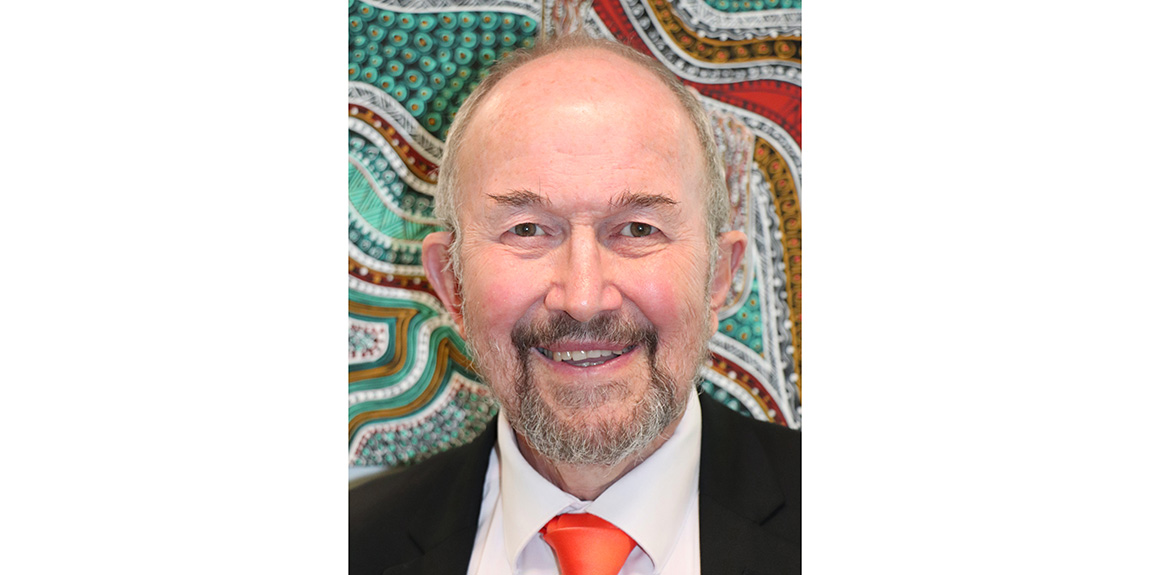
This discussion is an extremely important one as we do need more affordable housing and shelters for people who cannot access Western Australia’s ever inflating rental market; however, I believe it is important to explore one of the major factors that allows homelessness to occur – discrimination.
I’d like to do this by focusing on three of the major grounds of discrimination: sex, impairment and race, which also relates to three major cohorts within the homeless population.
According to Salvation Army statistics family violence is the most common reason people seek assistance from homelessness services.
Domestic and family violence discrimination is not currently a ground under the Equal Opportunity Act 1984, however we know this is an issue that impacts mostly on women.
The latest Women’s Report Card released by the Department of Communities shows reported violence against women has risen 21 percent in 2020-21 from 2018-19.
It is well documented that family violence is a symptom of systemic sex discrimination. Despite the many initiatives put in place to achieve sex or gender equality, in WA the gender pay gap still sits at 21.2 percent which is the highest in the country. This exacerbates the situation when women, usually with children need to find alternative accommodation and it becomes difficult if not impossible to find anything suitable.
Lack of access to equal pay and work also impacts women over their lifetime and from 2011 to 2016 older women were the fastest growing cohort of homelessness, increasing by 31 percent in that time. If there has been a separation later in life, the ability to afford accommodation is severely limited.
Another major contribution to homelessness is mental health. According to the Australian Institute of Health and Welfare almost two in five seeking specialist homelessness services had a current mental health issue, which is often exacerbated in this already vulnerable cohort by not having a home.
Mental health impairment is often a major barrier to continuous employment as the social impacts of mental health as well as the stigma attached to disclosing a mental health issue can make it difficult for a person to find a supportive workplace environment.
Systemic race discrimination is also a contributing factor to homelessness. Aboriginal people make up around three percent of the total population and 28 percent of the homeless population.
This is also a community impacted greatly by systemic discrimination and bias in employment.
Aboriginal people are under-represented in decision making roles at work and over-represented in unemployment, this is also exacerbated by over representation of Aboriginal people in our prison system.
Prisoners often need to have housing before release on parole and may remain in prison at significant expense to the state due to lack of housing.
References are also problematic for refugees and people on protection visas. This cohort also face systemic race discrimination which makes employment and housing hard to obtain.
Since its inception, employment has been the greatest concern when it comes to discrimination and harassment complaints at the Commission because if people cannot reasonably access employment, they cannot properly access other services such as health, education and housing, locking already vulnerable cohorts into further vulnerability.
If our law and policy makers want to seriously address homelessness, they need to identify where and why systemic discrimination is occurring, and then put strategies in place for combatting it to break these cycles of vulnerability. The proposed changes to the Residential Tenancies Act are a good start to provide better protection to tenants.


